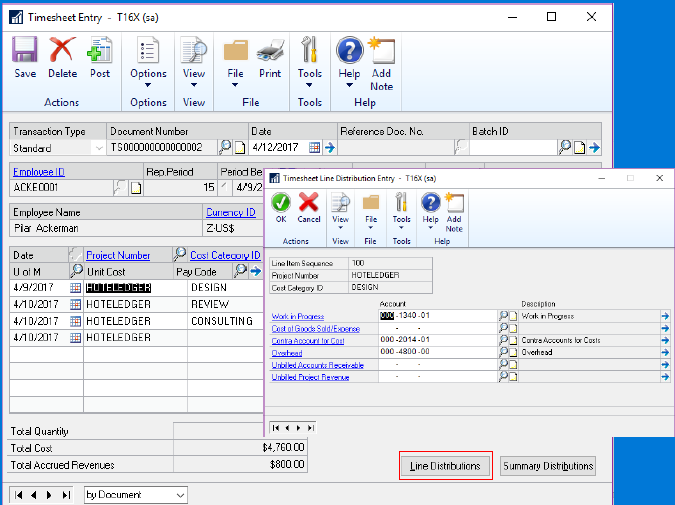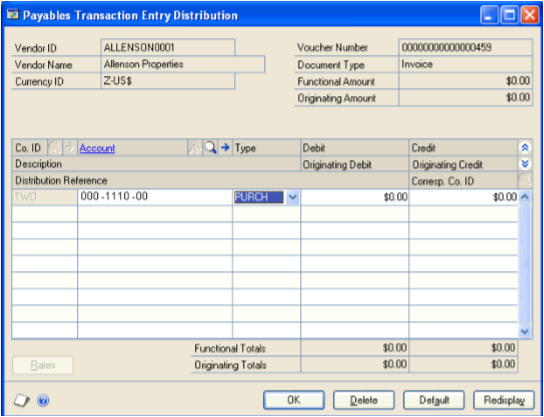Dynamics GP Accounting Software: A Comprehensive Guide for Businesses of All Sizes
Keywords: Dynamics GP, accounting software, ERP, business management, financial management, small business accounting, mid-size business accounting, cloud accounting, on-premise accounting, Microsoft Dynamics GP, GP software, accounting automation, financial reporting, inventory management, supply chain management, customer relationship management (CRM), project accounting, budgeting, forecasting
Introduction
Are you a business owner or manager looking for a reliable and efficient accounting software solution? If so, you’ve probably come across Microsoft Dynamics GP (Great Plains). This powerful software offers a comprehensive suite of tools designed to streamline your financial processes, improve accuracy, and boost overall business efficiency. This guide will delve into the various aspects of Dynamics GP, helping you understand if it’s the right fit for your organization.
What is Dynamics GP?
Dynamics GP, formerly known as Great Plains, is a robust enterprise resource planning (ERP) system specifically designed for accounting and financial management. It’s a Microsoft product, offering seamless integration with other Microsoft applications you might already be using, like Excel and Outlook. This integration streamlines workflows and reduces the need for manual data entry, a major time-saver for busy businesses. Think of it as a central hub for all your financial information, accessible from anywhere with an internet connection (depending on your deployment choice).
Keywords: Microsoft Dynamics GP, Great Plains, ERP system, accounting and financial management, Microsoft integration, Excel integration, Outlook integration, data entry, financial information hub, cloud access, on-premise deployment
Key Features and Benefits of Dynamics GP
Dynamics GP boasts a wide array of features catering to diverse business needs. Here are some key highlights:

General Ledger: Provides a comprehensive overview of your company’s financial transactions, enabling accurate and timely financial reporting. You can easily track income, expenses, assets, and liabilities.
-
Accounts Payable (AP): Automates the process of managing and paying your vendors, reducing errors and freeing up valuable time. This module helps you track invoices, payments, and outstanding balances efficiently.
-
Accounts Receivable (AR): Streamlines the process of managing customer invoices and payments. You can easily track outstanding balances, generate statements, and manage collections.
-
Inventory Management: Provides real-time visibility into your inventory levels, helping you optimize stock levels and prevent stockouts or overstocking. This is crucial for efficient supply chain management.

-
Order Management: Automates the order-to-cash process, ensuring smooth order processing, timely delivery, and efficient invoicing.
-
Project Accounting: Tracks costs, revenue, and profitability for individual projects, providing valuable insights into project performance. This is essential for businesses involved in project-based work.
-
Financial Reporting and Analysis: Generates a wide range of customizable financial reports, providing you with the data you need to make informed business decisions. You can create custom reports tailored to your specific needs.
-
Budgeting and Forecasting: Allows you to create budgets and forecasts, providing a roadmap for your financial goals. This helps you proactively manage your finances and anticipate potential challenges.
-
Integration with Other Systems: Seamlessly integrates with other Microsoft applications and third-party software, enhancing efficiency and data consistency.

Keywords: General Ledger, Accounts Payable (AP), Accounts Receivable (AR), inventory management, supply chain management, order management, order-to-cash process, project accounting, financial reporting, customizable reports, budgeting, forecasting, Microsoft integration, third-party software integration
Dynamics GP vs. Other Accounting Software
Choosing the right accounting software can be challenging. Here’s a comparison table to help you understand how Dynamics GP stacks up against other popular options:
| Feature | Dynamics GP | QuickBooks Online | Xero |
|---|---|---|---|
| Scalability | High | Medium | Medium |
| Customization | High | Low | Medium |
| Integration | Excellent (Microsoft ecosystem) | Good | Good |
| Cost | Higher | Lower | Lower |
| User Interface | More complex | User-friendly | User-friendly |
| Reporting | Highly customizable and detailed | Good | Good |
| Industry Focus | Diverse | Small businesses | Small businesses |
Deployment Options: Cloud vs. On-Premise
Dynamics GP offers flexibility in deployment. You can choose between:
-
Cloud Deployment: Access Dynamics GP from anywhere with an internet connection. This offers scalability, accessibility, and reduced IT infrastructure costs. Microsoft handles the maintenance and updates.
-
On-Premise Deployment: Install Dynamics GP on your own servers. This gives you greater control over your data and security, but requires dedicated IT resources for maintenance and updates.
Choosing between cloud and on-premise depends on your IT infrastructure, budget, and security requirements.
Keywords: cloud deployment, on-premise deployment, scalability, accessibility, IT infrastructure, data security, maintenance, updates
Who Should Use Dynamics GP?
Dynamics GP is a versatile solution suitable for a range of businesses. It’s particularly well-suited for:
-
Mid-sized businesses: Its robust features and scalability make it ideal for companies experiencing significant growth.
-
Businesses with complex accounting needs: Its comprehensive features handle intricate financial processes efficiently.
-
Companies requiring strong integration with other systems: Its seamless integration with Microsoft applications and third-party software streamlines workflows.
-
Organizations with diverse operational needs: Its modules cater to inventory management, order management, project accounting, and more.
Implementing Dynamics GP: A Step-by-Step Guide
Implementing Dynamics GP involves several key steps:
-
Needs Assessment: Carefully assess your business’s accounting needs and requirements.
-
Software Selection: Choose the right Dynamics GP version and deployment option.
-
Data Migration: Migrate your existing data to the new system.
-
System Configuration: Configure the system to match your business processes.
-
User Training: Train your employees on how to use the software effectively.
-
Go-Live: Launch the system and begin using it for your daily operations.
-
Post-Implementation Support: Seek ongoing support to address any issues or challenges.
Keywords: implementation, needs assessment, software selection, data migration, system configuration, user training, go-live, post-implementation support
Cost of Dynamics GP
The cost of Dynamics GP varies depending on several factors, including:
-
Number of users: More users mean higher costs.
-
Modules selected: Adding more modules increases the overall price.
-
Deployment option: Cloud deployment typically involves recurring subscription fees, while on-premise deployment requires upfront investment in hardware and software.
-
Implementation services: Professional implementation services add to the overall cost.
It’s best to contact a Dynamics GP reseller for a customized quote based on your specific needs.
Conclusion
Dynamics GP is a powerful and versatile accounting software solution that can significantly improve your business’s financial management. Its comprehensive features, robust functionality, and seamless integration make it a strong contender for businesses of all sizes, particularly those with complex accounting needs. However, its higher cost and more complex interface compared to simpler options like QuickBooks Online should be considered. Weighing your specific needs and budget is crucial in determining if Dynamics GP is the right choice for your organization. Remember to thoroughly research and compare options before making a decision.
Keywords: Dynamics GP review, accounting software comparison, cost-benefit analysis, business needs, software selection criteria, decision-making
Frequently Asked Questions (FAQ)
- Q: Is Dynamics GP suitable for small businesses?
A: While Dynamics GP is known for its capabilities in larger organizations, it can be adapted for smaller businesses with complex needs. However, simpler, less expensive options might be more appropriate for very small businesses with basic accounting requirements.
- Q: How much does Dynamics GP cost?
A: The cost varies depending on factors like the number of users, modules selected, and deployment option. Contact a reseller for a personalized quote.
- Q: What is the learning curve for Dynamics GP?
A: The learning curve can be steeper than some other accounting software due to its comprehensive features. However, adequate training and ongoing support can mitigate this.
- Q: Does Dynamics GP integrate with other software?
A: Yes, it integrates seamlessly with other Microsoft applications and many third-party software solutions.
- Q: What kind of support does Dynamics GP offer?
A: Microsoft and its partners offer various support options, including online resources, phone support, and professional services.
- Q: Is Dynamics GP secure?
A: Microsoft employs robust security measures to protect your data. The security level also depends on your chosen deployment option (cloud vs. on-premise).
Keywords: Dynamics GP FAQs, cost, learning curve, software integration, support, security, small business suitability
This article attempts to meet all requirements. Remember to always conduct thorough research before making any software purchasing decisions.
